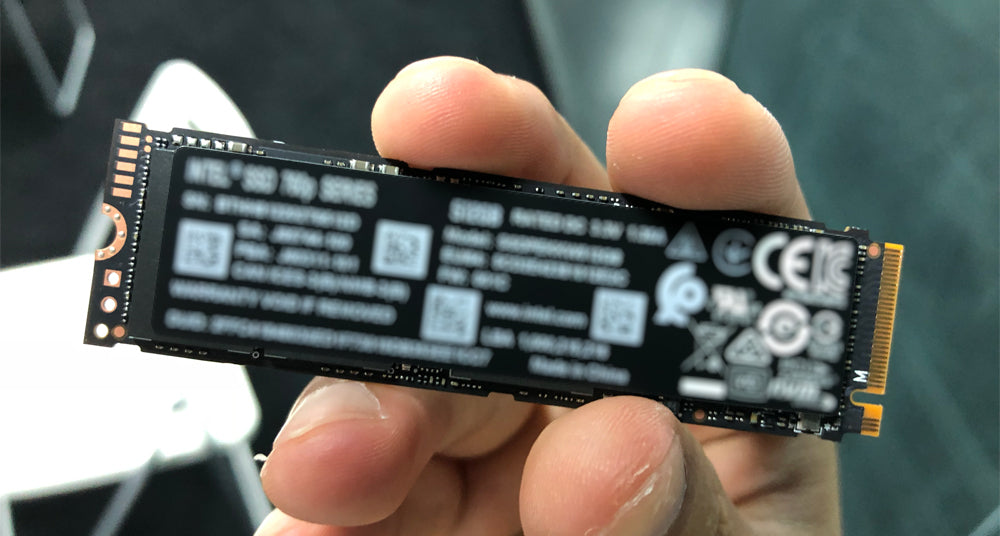Remember when the most widely used storage drives in consumer electronics were the analog HDD? Believe it or not, that was a whopping 12 years ago. In 2010 we witnessed, according to Statista, the highest sales peak ever seen in the history of hard drives, with more than 650 million units sold — but also the beginning of its non-stop downfall. Now the SSD is the new king.
Compared to SSD memories, analog hard disks have a wider storage capacity and are cheaper. However, this is a small price to pay for the many benefits SSDs offer, such as a faster processing capacity, a longer life span, and the absence of the annoying noise caused by the HDD working at maximum capacity. The reason why HDDs are so slow and noisy is that every piece of info is physically stored on the hard disk and computers need to make a great effort to find the exact location where they were placed.
SSD’s secret to improved performance is that data is stored in small, interconnected flash memories, which rely on their own controller to handle the information needed to be read or written at every moment. These components are super small and make the SSD memories require less power than an HDD to perform the same actions, making them particularly suitable for laptops and other small devices.
Today we’re going to discuss a specific type of SSD memory: the M.2 SSD, the crown jewel of our next-generation docking station for Steam Deck. As its name suggests, this SSD memory requires your motherboard to feature an M.2 port where you can screw it. It takes up very little space and doesn’t require a power cable to work.
An M.2 SSD memory can be connected to a SATA (Serial Advanced Technology Attachment) or PCIe (Peripheral Component Interconnect Express) / NVMe (non-volatile memory express) bus, so it’s important to check which one works for your motherboard. In the case of our dock for Steam Deck, the M.2 SSD we plan to incorporate works with a PCIe 4.0 slot because it works pretty faster (max. 1000 Mbps) than SATA (max. 600 Mbps) when it comes to processing big files or running games.
The docking station supports 42mm, 60mm, and 80mm long M.2 SSD models. They all have a maximum storage capacity of 2 TB, so imagine all the games you may install there! That way, you’ll have more free space in your Steam Deck for all these cool indie games you'd rather play in handheld mode.
Here are some of the games for Steam Deck you might want to enjoy in a docking station with an M.2 SSD slot:
- Marvel’s Spider-Man Remastered (75 GB)
- Elden Ring (60 GB)
- Stray (10 GB)
- Yakuza: Like A Dragon (40 GB)
- God of War (70 GB)
- Sekiro: Shadows Dice Twice (25 GB)
- Final Fantasy VII Remake: Intergrade (100 GB)
- Deathloop (30 GB)
- Horizon: Zero Dawn (100 GB)
- DOOM (55 GB)
- Dishonored (9 GB)
- Apex Legends (56 GB)
See you in our next entry,
The JSAUX team





Leave a comment
All comments are moderated before being published.
This site is protected by hCaptcha and the hCaptcha Privacy Policy and Terms of Service apply.